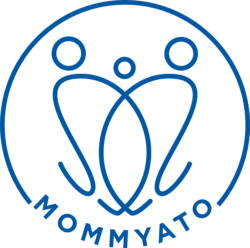Protected Workplace Rights for Breastfeeding Women
Hey Mamas! Did you know that April 28th is a designated day to heighten awareness about workplace safety and health? For breastfeeding mothers who are returning to their workplace, this is an important issue. Long separations from your baby during work hours can affect breast milk production, even with the most diligent of pumping schedules and high quality breast pumps. But, challenges with employers to provide necessary breaks to express breastmilk, as well as less than desirable breastfeeding locations (say no to the bathroom!), can add significant stress to your postpartum body. The added stress can compromise your breastmilk supply and unintentionally shorten the period of time that you exclusively breastfeed your baby. This is why it’s important to know your protected rights about breastfeeding in the workplace.Reducing Black Maternal Mortality During Pregnancy and Postpartum
Black women are three times more likely to die of pregnancy related causes than white women.¹What Factors Affect Black Maternal Mortality Rates?
April 11-17 is black maternal health week. It’s an inadequate window of time where there is an acute lens focused on the healthcare disparities that black women experience during pregnancy and postpartum.When Pregnancy Results from Rape
In the United States, approximately 32,000 pregnancies result from rape each year.²How Does Sexual Violence Against Women Happen?
Long ago, it was thought that a woman couldn’t get pregnant unless she had consented to sex. This myth was perpetuated for centuries and used to subjugate women and prevent them from speaking out against their abusers. Thanks to advancing social theory and medical science, we now know better. Yet, sexual violence against women continues, taking many forms of sexual assault to rape. In the United States, an astonishing 32,000 pregnancies result from rape each year² and the frequency is similiar across all racial and ethnic groups.¹Endometriosis & Infertility
Endometriosis is a chronic immune and hormone disease affecting 11% of girls and women in the United States and a leading cause of infertility.¹What is Endometriosis?
Endometriosis or Endo is when endometriosis tissue (tissue similar to the lining of the uterus) grows outside the uterus. Scientists have theories on why this happens, but no concrete answer.Body Image During Pregnancy and Postpartum
For many women, pregnancy and postpartum can trigger concerns with food, body weight and/or body image. For women with a history of eating disorders, the risk is greater and concerns can lead to obsessions.Infant Congenital Heart Defects and Your Baby
Congenital heart defects (CHD) are the most common type of birth defect. 1 out of 4 babies born with CHD will need surgery...
Reducing the Risks of Newborn Birth Defects
Birth defects affect babies all over the world. A birth defect is a structural change to a baby’s body part, inside or outside the body.
What Causes Birth Defects?
Birth defects happen as a result of: genetics, infection, exposure to an environmental toxin like radiation, or exposure to an internal toxin, like drugs, medication, alcohol, or smoking. They can also happen as a result of poor diet (low in folic acid) or uncontrolled blood sugar (Diabetes diagnosis or chronic high blood sugar).
Every woman carries the risk of having a baby with a birth defect. This is called a background risk. The background risk for every woman is 3-5%. Yet, every woman can be proactive in reducing additional risk to her baby.
Reducing Risks of Thyroid Issues During and After Pregnancy
January is Thyroid Awareness month. When it comes to women’s health, understanding what your thyroid is and how it should be serving – not stagnating – your health and wellness is crucial. This knowledge is especially important during pregnancy and the postpartum period, when hormone fluctuations can leave you feeling like you’ve been through the physical and emotional ringer.
International Day of Persons with Disabilities with the United Nations: Disabilities Resulting from Pregnancy or Childbirth
The month of December recognizes people living with disabilities all over the world. We honor and acknowledge the struggle people with disabilities face...
National Safe Toys and Gifts Month with Child & Family Services
When selecting a toy, consider choking, drowning and suffocation hazards. These are significant causes of toy-related injury. Riding toys are the top culprit...
World Prematurity Day
Did you know that there are specific risk factors for preterm labor and birth? Read on to find out what you can do...







